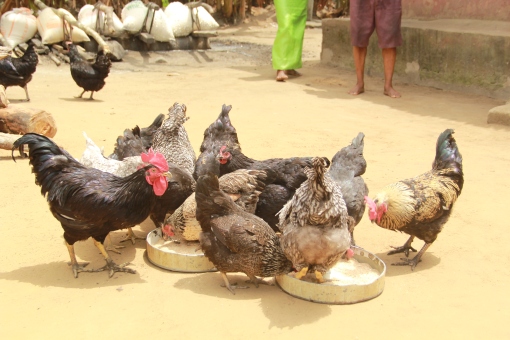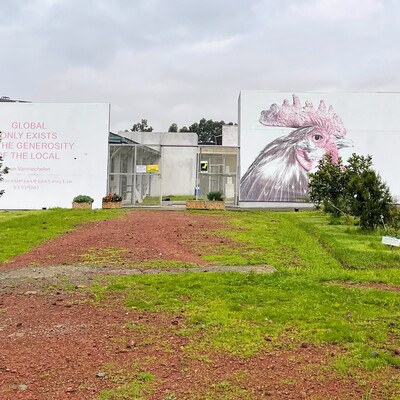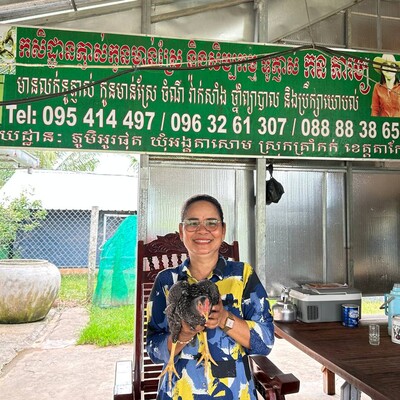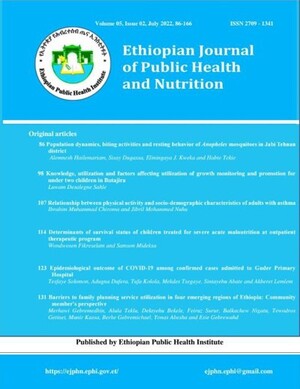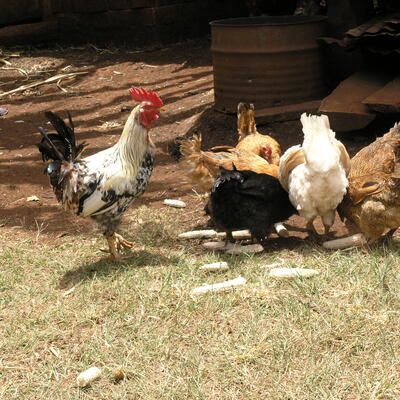
New study sheds light on early intensification of smallholder backyard poultry farming systems
Poultry production is an important contributor to the livelihoods of rural populations, especially in low- and middle-income countries. As poultry production in these countries remains dominated by backyard systems with low inputs and low outputs, considerable yield gaps exist.
Intensification of these backyard poultry farming systems can increase productivity, production and income. This process is relatively recent in low- and middle-income countries compared to high-income countries. The management practices and constraints that smallholder farmers face in scaling-up their production, in the early stages of intensification, are poorly understood and described.
To shed more light on these aspects of intensification of poultry farming in low-income settings, a team of scientists investigated the features of the small-scale commercial chicken sector in a rural area distant from major production centres. Their study findings are published in the journal Animal (24 June 2020).
The study surveyed 111 commercial chicken farms in Kenya in 2016. It targeted farms that sold most of their production, owning at least 50 chickens, partly or wholly confined and provided with feeds.
The researchers developed a typology of semi-intensive farms. Farms were found mainly to raise dual-purpose chickens of local and improved breeds, in association with crops and were not specialized in any single product or market.
The study identified four types of semi-intensive farms that were characterized based on two groups of variables related to intensification and accessibility: (1) remote, small-scale old farms, with small flocks, growing a lot of their own feed; (2) medium-scale, old farms with a larger flock and well located in relation to markets; (3) large-scale recently established farms, with large flocks, well located and buying chicks from third-party providers and (4) large-scale recently established farms, with large flocks, remotely located and hatching their own chicks.
The semi-intensive farms surveyed were highly heterogeneous in terms of size, age, accessibility, management, opportunities and challenges. Farm location affects market access and influences the opportunities available to farmers, resulting in further diversity in farm profiles.
The future of these semi-intensive farms could be compromised by several factors, including competition with large-scale intensive farmers and with importations.
The study findings suggest that intensification trajectories in rural areas of low- and middle-income countries are potentially complex, diverse and non-linear.
“A better understanding of intensification trajectories should, however, be based on longitudinal data,” the authors conclude, adding that such an approach could be useful to design interventions to support small-scale poultry farmers.
Citation
Chaiban, C., Robinson, T.P., Fèvre, E.M., Ogola, J., Akoko, J., Gilbert, M. and Vanwambeke, S.O. 2020. Early intensification of backyard poultry systems in the tropics: A case study. Animal. https://doi.org/10.1017/S175173112000110X
Photo credit: FUNAAB Alpha chickens on a farm in Isiokpo, Nigeria (ILRI/ACGG Nigeria)






